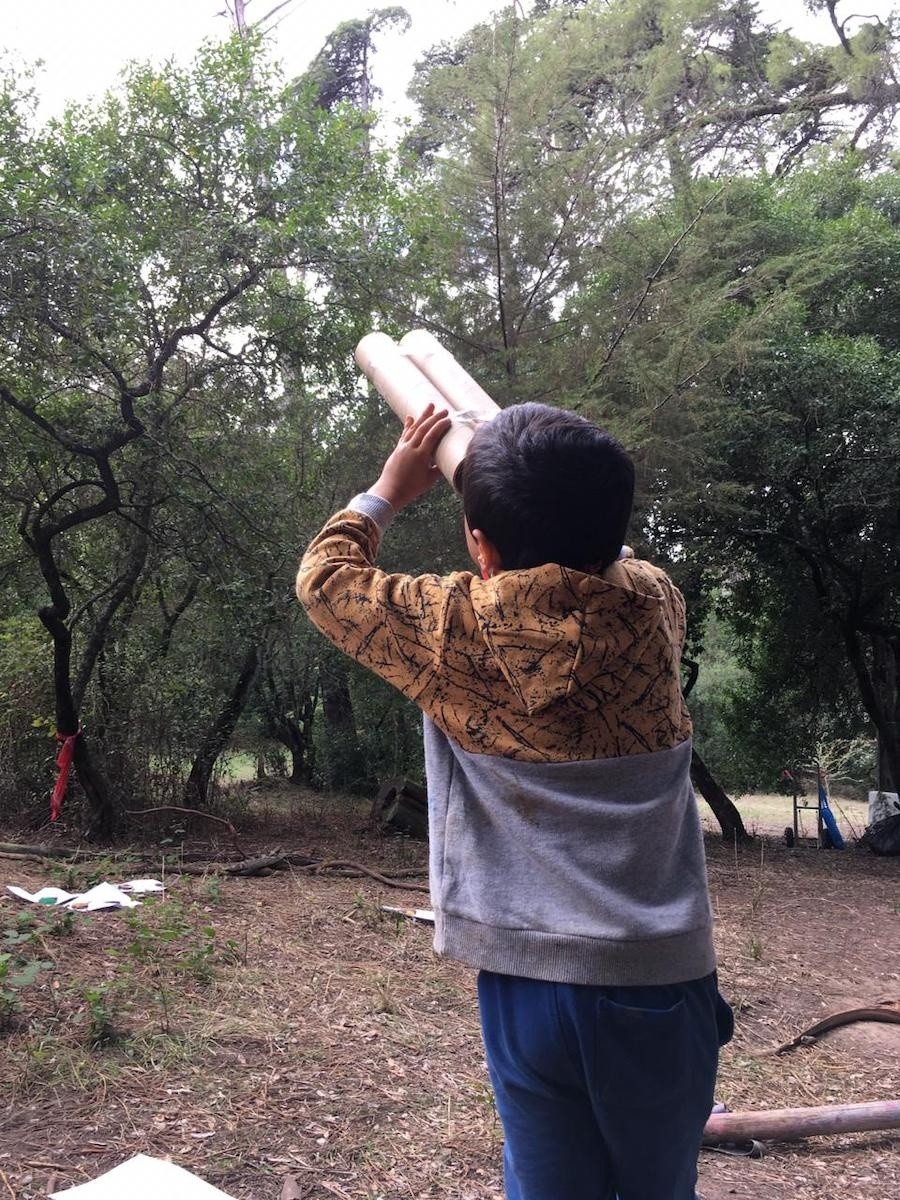
20 February 2021
How do you learn at a Forest School?

The Forest School educational model is no news. It first appeared in the 1950s in Scandinavia, with a "Walking Kindergarten" where they went on daily walks in the woods. Meanwhile, it became common in the region and in the UK, where it is common to find preschool and educational facilities in the forest.
The method is based on regular sessions in contact with nature and focused on the individuality of every child, based on observation and collaboration, with the purpose of promoting exploration and discovery.
It is a comprehensive development, with proven results: resilient, confident, independent and active children!
A strong physical, social, cognitive, linguistic, emotional and social development helps create opportunities to deal with risk, an essential factor for the development of innate motivation and positive attitudes.
Activities are provided, just like at a traditional school. The difference is, instead of these being led by an adult, every child chooses and adapts what they do, while the adult observes their preferences and development.
Despite the fact that some schools offer activities outdoors, it is not enough to be outside to be in a Forest School! This is a regular and long-term process and not a one-off experience.
A child that attends a Forest School develops many skills that are hard to learn in a classroom because it is a physical task, that encourages children to become active and develop fine and gross motricity.
Children learn how to assess, appreciate and risk, taking sensible and informed decisions. They learn how to be self-sufficient and how to take care of themselves, which reinforces their confidence and self-esteem. Through trial and error, they learn how to develop resilience to keep trying -- this is crucial, both in the classrooms and outdoors.
Do they learn the same?
It may seem complicated, but in fact, it is quite simple! For example, being outdoors throughout the year helps children learn about the climate and the seasons (geography), while they study creatures and the plants they find (science) and the construction of shelters and woodwork necessarily brings concepts of design and technology.
And the most basic thing of all, being outdoors improves mental and spiritual health, communication skills and social relationships. Children become part of the world around them and that brings them tranquillity.